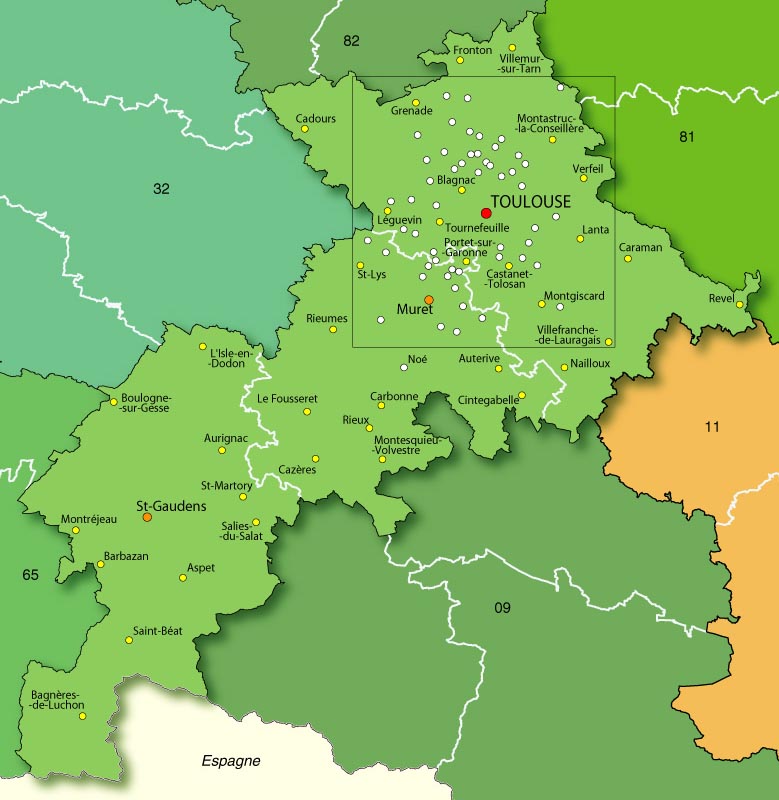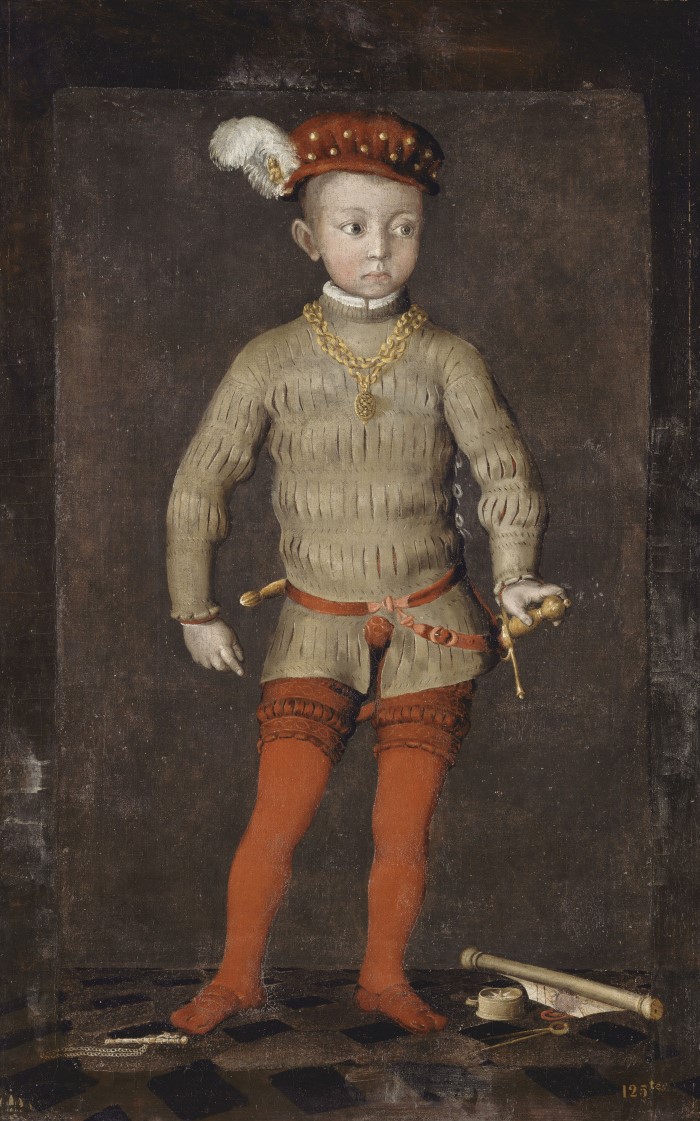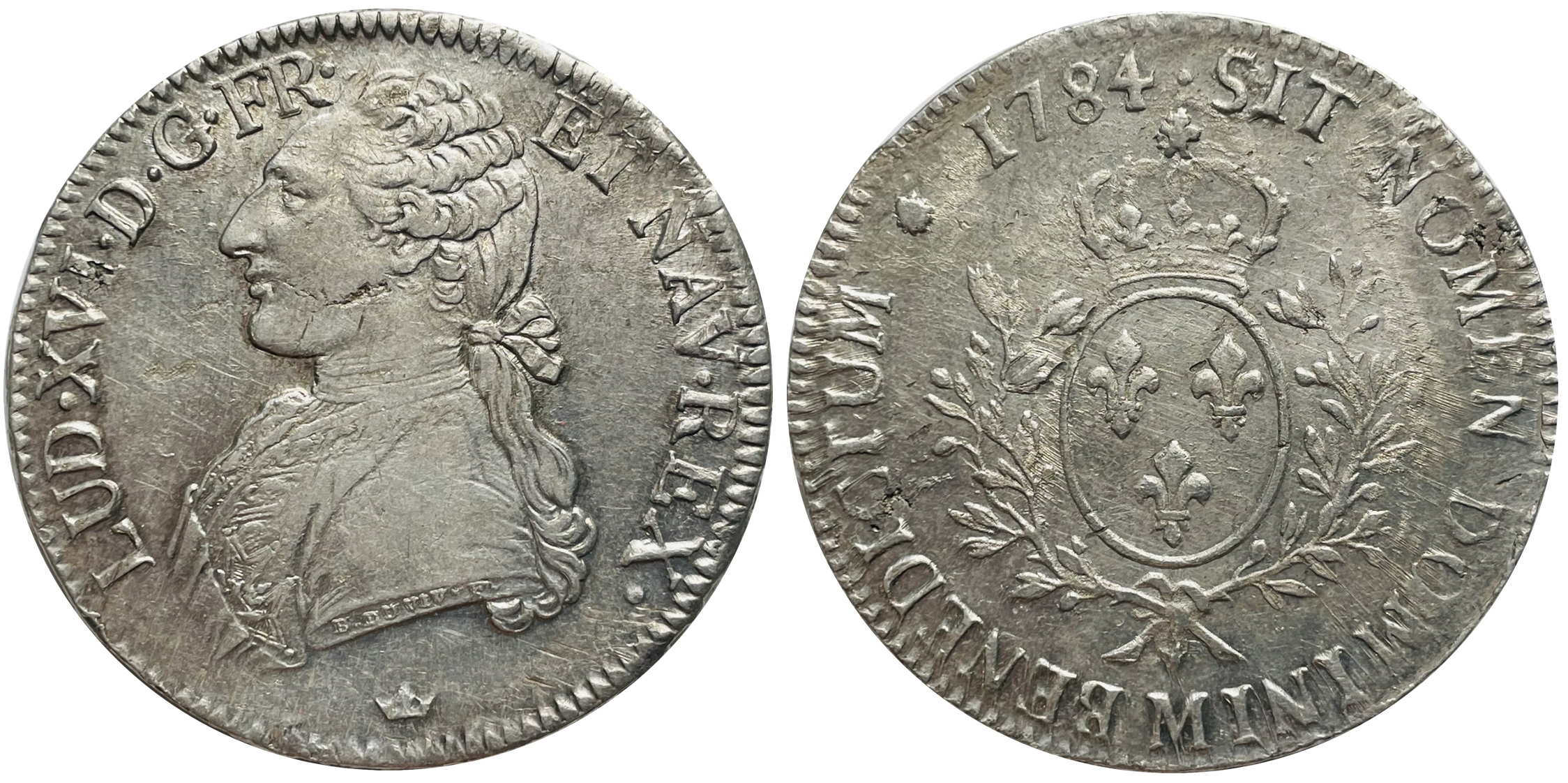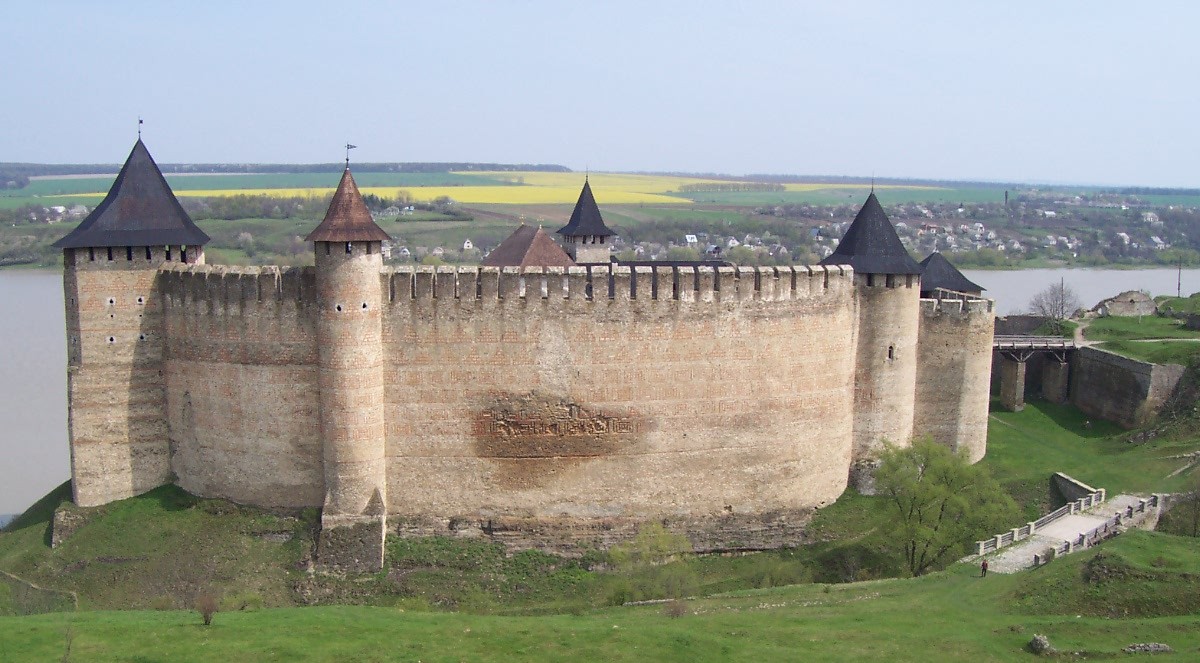|
Château De Saint-Béat
The Château de Saint-Béat is a ruined castle in the ''Communes of France, commune'' of Saint-Béat-Lez in the Haute-Garonne ''Departments of France, département'' of France.Jean-Jacques DARD"Le château de Saint-Béat, « clef de France »" ''La Dépêche du Midi'', 25 July 2002. History The castle dates from the 12th century. It was enlarged by Henry IV of France, Henri IV (1553 – 1610). Rulers rarely lived in Saint-Béat; the castle was occupied by captains until the 16th century. In 1588, the Parlement of Toulouse passed a law that required the inhabitants of Melles, Argut and Arlos by turns to guard the castle, subject to a fine of 500 ''écus''. The castle never had to repel invasions, though its strategic position close to the Spanish border led to it being described as "''la clef de France''" (the key to France). Description The castle was surrounded by two ''enceintes''.A. de Baroncelli, Les Pyrénées de Bayonne à Perpignan', p 101 (1900) The keep measures 5 metre ... [...More Info...] [...Related Items...] OR: [Wikipedia] [Google] [Baidu] |
Castle
A castle is a type of fortification, fortified structure built during the Middle Ages predominantly by the nobility or royalty and by Military order (monastic society), military orders. Scholars usually consider a ''castle'' to be the private fortified house, fortified residence of a lord or noble. This is distinct from a mansion, palace, and villa, whose main purpose was exclusively for ''pleasance'' and are not primarily fortresses but may be fortified. Use of the term has varied over time and, sometimes, has also been applied to structures such as hill forts and 19th- and 20th-century homes built to resemble castles. Over the Middle Ages, when genuine castles were built, they took on a great many forms with many different features, although some, such as curtain wall (fortification), curtain walls, arrowslits, and portcullises, were commonplace. European-style castles originated in the 9th and 10th centuries after the fall of the Carolingian Empire, which resulted ... [...More Info...] [...Related Items...] OR: [Wikipedia] [Google] [Baidu] |
Communes Of France
A () is a level of administrative divisions of France, administrative division in the France, French Republic. French are analogous to civil townships and incorporated municipality, municipalities in Canada and the United States; ' in Germany; ' in Italy; ' in Spain; or civil parishes in the United Kingdom. are based on historical geographic communities or villages and are vested with significant powers to manage the populations and land of the geographic area covered. The are the fourth-level administrative divisions of France. vary widely in size and area, from large sprawling cities with millions of inhabitants like Paris, to small hamlet (place), hamlets with only a handful of inhabitants. typically are based on pre-existing villages and facilitate local governance. All have names, but not all named geographic areas or groups of people residing together are ( or ), the difference residing in the lack of administrative powers. Except for the Municipal arrondissem ... [...More Info...] [...Related Items...] OR: [Wikipedia] [Google] [Baidu] |
Saint-Béat-Lez .
Saint-Béat-Lez (; ) is a commune in the Haute-Garonne department in southwestern France. The municipality was established on 1 January 2019 and consists of the communes of Lez and Saint-Béat Saint-Béat (; Gascon language, Gascon: ''Sent Biat'') is a former Communes of France, commune in the Haute-Garonne Departments of France, department in southwestern France. On 1 January 2019, it was merged into the new commune Saint-Béat-Lez. References Communes of Haute-Garonne 2019 establishments in France States and territories established in 2019 {{SaintGaudens-geo-stub ...[...More Info...] [...Related Items...] OR: [Wikipedia] [Google] [Baidu] |
Haute-Garonne
Haute-Garonne (; , ; ''Upper Garonne'') is a department in the southwestern French region of Occitanie. Named after the river Garonne, which flows through the department. Its prefecture and main city is Toulouse, the country's fourth-largest. In 2019, it had a population of 1,400,039.Populations légales 2019: 31 Haute-Garonne INSEE History Haute-Garonne is one of the original 83 departments created during the French Revolution on 4 March 1790. It was created from part of the former provinces of and |
Departments Of France
In the administrative divisions of France, the department (, ) is one of the three levels of government under the national level ("territorial collectivity, territorial collectivities"), between the Regions of France, administrative regions and the Communes of France, communes. There are a total of 101 departments, consisting of ninety-six departments in metropolitan France, and five Overseas department and region, overseas departments, which are also classified as overseas regions. Departments are further subdivided into 333 Arrondissements of France, arrondissements and 2,054 Cantons of France, cantons (as of 2023). These last two levels of government have no political autonomy, instead serving as the administrative basis for the local organisation of police, fire departments, and, in certain cases, elections. Each department is administered by an elected body called a departmental council (France), departmental council ( , ). From 1800 to April 2015, these were called gene ... [...More Info...] [...Related Items...] OR: [Wikipedia] [Google] [Baidu] |
Henry IV Of France
Henry IV (; 13 December 1553 – 14 May 1610), also known by the epithets Good King Henry (''le Bon Roi Henri'') or Henry the Great (''Henri le Grand''), was King of Navarre (as Henry III) from 1572 and King of France from 1589 to 1610. He was the first monarch of France from the House of Bourbon, a cadet branch of the Capetian dynasty. He pragmatically balanced the interests of the Catholic and Protestant parties in France, as well as among the European states. He was assassinated in Paris in 1610 by a Catholic zealot, and was succeeded by his son Louis XIII. Henry was baptised a Catholic but raised as a Huguenot in the Protestant faith by his mother, Queen Jeanne III of Navarre. He inherited the throne of Navarre in 1572 on his mother's death. As a Huguenot, Henry was involved in the French Wars of Religion, barely escaping assassination in the St. Bartholomew's Day massacre. He later led Protestant forces against the French royal army. Henry inherited the thro ... [...More Info...] [...Related Items...] OR: [Wikipedia] [Google] [Baidu] |
Parlement Of Toulouse
The Parlement of Toulouse () was one of the '' parlements'' of the Kingdom of France, established in the city of Toulouse and responsible for a territory roughly similar to the modern administrative region of Occitania. It was modelled on the Parlement of Paris. It was first created in 1420, but definitely established by edicts in 1437 and 1443 by Charles VII as an appellate court of justice on civil, criminal and ecclesiastic affairs for the Languedoc region, including Quercy, the County of Foix and Armagnac. It was the first provincial ''parlement'', intended to administer the Occitan-speaking south of France, and it gained in prestige both by its distance from Paris and from the differences between southern France's legal system (based on Roman law) and northern France's. After the Parlement of Paris, the Parlement of Toulouse had the largest jurisdiction in France. Its purview extended from the Rhône to the Atlantic Ocean and from the Pyrénées to the Massif Central, ... [...More Info...] [...Related Items...] OR: [Wikipedia] [Google] [Baidu] |
Melles
Melles (; ) is a commune in the Haute-Garonne department in southwestern France. Population Sights * Jardin botanique pyrénéen de Melles See also *Communes of the Haute-Garonne department The following is a list of the 586 communes in the French department of Haute-Garonne. The communes cooperate in the following intercommunalities (as of 2025): References Communes of Haute-Garonne Languedoc {{SaintGaudens-geo-stub ...[...More Info...] [...Related Items...] OR: [Wikipedia] [Google] [Baidu] |
Arlos
Arlos is a commune in the Haute-Garonne department in southwestern France. Population See also *Communes of the Haute-Garonne department The following is a list of the 586 communes in the French department of Haute-Garonne. The communes cooperate in the following intercommunalities (as of 2025): References Communes of Haute-Garonne {{SaintGaudens-geo-stub ...[...More Info...] [...Related Items...] OR: [Wikipedia] [Google] [Baidu] |
écu
The term ''écu'' () may refer to one of several France, French coins. The first ''écu'' was a gold coin (the ''écu d'or'') minted during the reign of Louis IX of France, in 1266. The value of the ''écu'' varied considerably over time, and silver coins (known as ''écu d'argent'') were also introduced. ''Écu'' (from Latin ''scutum'') means shield, and the coin was so called because its design included the coat of arms of France. The word is related to the Catalan language, Catalan ''escut'', Italian language, Italian ''scudo (other), scudo,'' or Portuguese language, Portuguese and Castilian language, Castilian ''escudo''. In English, the ''écu'' was often referred to as the crown, or the French crown in the eras of the crown (English coin), English crown, crown (British coin), British crown, and crown (currency), other crowns. History Origin When Louis IX took the throne, France still used small silver French denier, deniers (abbreviated ''d''.), which had circula ... [...More Info...] [...Related Items...] OR: [Wikipedia] [Google] [Baidu] |
Enceinte
Enceinte (from Latin ''incinctus'' "girdled, surrounded") is a French term that refers to the "main defensive enclosure of a fortification". For a castle, this is the main defensive line of wall towers and curtain walls enclosing the position. For a settlement, it would refer to the main town wall with its associated gatehouses, towers, and walls. According to the 1911 ''Encyclopædia Britannica'', the term was strictly applied to the continuous line of bastions and curtain walls forming "the body of the place", this last expression being often used as synonymous with ''enceinte''. However, the outworks or defensive wall close to the enceinte were not considered as forming part of it. In early 20th-century fortification, the enceinte was usually simply the ''innermost'' continuous line of fortifications. In architecture, generally, an enceinte is the close or precinct of a cathedral, abbey, castle, etc. This definition of the term differs from the more common use of ''en ... [...More Info...] [...Related Items...] OR: [Wikipedia] [Google] [Baidu] |






